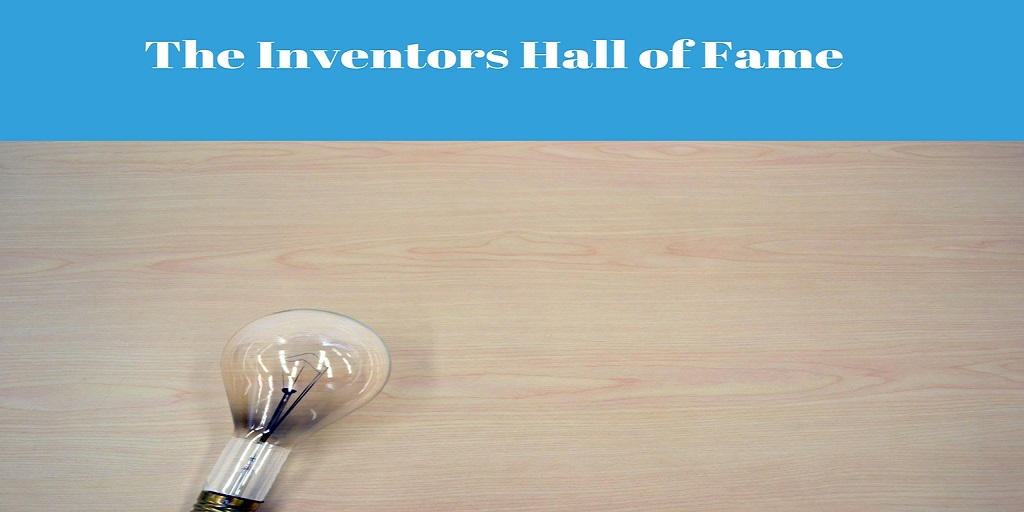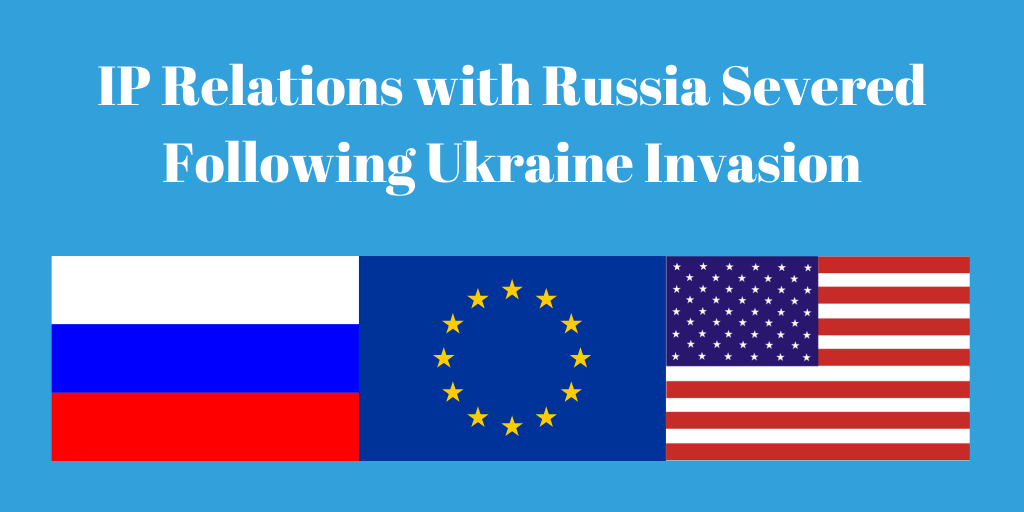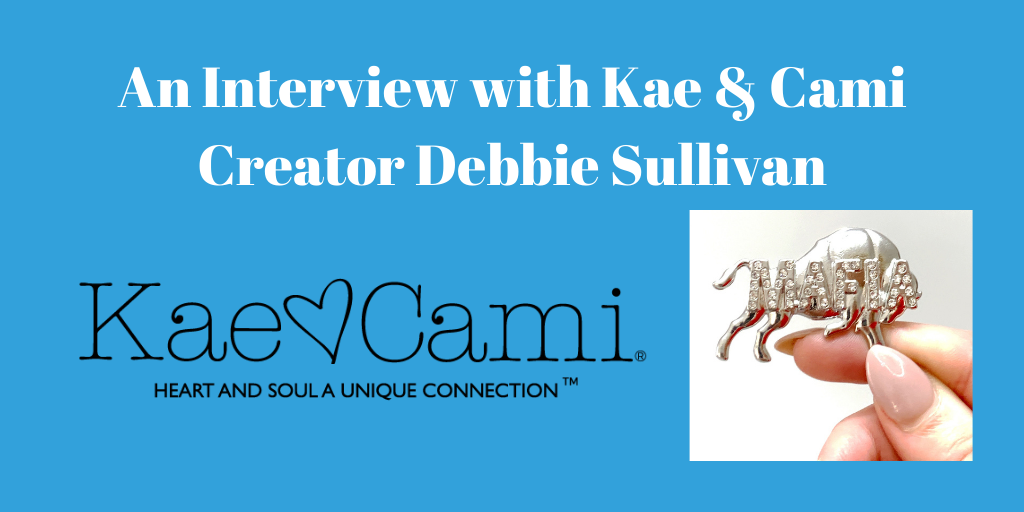The Inventors Hall of Fame.
Each and every day, there is a new discovery made in field of science. These discoveries help shape the technological advances in our society and produce the latest inventions. But every now and then, there are scientific discoveries that stand out as extraordinary. Although all scientific discoveries are important, some discoveries drastically impact society and produce some of the biggest inventions to date.
These contributions do not go unnoticed. To provide these individuals credit they deserve, the National Inventors Hall of Fame holds a celebration to honor these individuals and provide them a place in inventor history.
What is the National Inventors Hall of Fame?
Founded in 1973, the National Inventors Hall of Fame is an organization that has stated that their mission is to “recognize inventors and invention, celebrate our country’s rich, innovative history, inspire creativity, and advance the spirit of innovation and entrepreneurship.”
How does one become a potential nominee?
On their website, the National Inventors Hall of Fame states the following as the criteria for nomination to be an inductee.
“The National Inventors Hall of Fame accepts nominations from all sources and relies on a panel of experts in science, technology, engineering, and patents to screen, vet, and make final selections.
Nominations are evaluated based on the following criteria:
- Patent: Nominees must hold a U.S. patent for an invention that has contributed to and advanced society
- Progressive: The invention should have contributed significantly to industry, progressing it forward and improving it
- Perseverance: The lives of nominees are characterized by inspiring stories of determination, challenges overcome, and beating the odds
- Passion: Nominees are leaders in their fields who understand the importance of developing the next generation of American innovators”
What is needed to obtain a patent? Generally, one can obtain a utility patent on an invention if the invention is considered novel, nonobvious, has utility, and is considered patentable subject matter. To read more about utility patents, click here.
Here are the 2018 inductees.
Stan Honey: Sports Broadcast Graphic Enhancements (U.S. Patent No. 6,141,060). If you’re a sports fan, then you’d probably recognize this invention, which helps with imaging for sport play by plays.
U.S. Patent No. 6,141,060 discloses an invention related to “pan, tilt and zoom sensors are coupled to a broadcast camera in order to determine the field of view of the broadcast camera and to make a rough estimate of a target’s location in the broadcast camera’s field of view. Pattern recognition techniques can be used to determine the exact location of the target in the broadcast camera’s field of view. If a preselected target is at least partially within the field of view of the broadcast camera, all or part of the target’s image is enhanced.”
Leonard Adleman and Ronald Rivest: RSA Cryptography (U.S. Patent No. 4,405,829). RSA cryptography relates to public key cryptosystems that is used in securing data transmission.
U.S. patent 4,405,829 discloses a cryptographic communications system and method.
Marvin Caruthers: Chemical Synthesis of DNA (U.S. Patent No. 4,415,732 and 4,458,066).
Patent No. 4,415,732 relates to “[a] new class of nucleoside phosphoramidites which are relatively stable to permit isolation thereof and storage at room temperature…[which] are derivatives of saturated secondary amines.”
Patent 4, 458, 066 discloses a “new and useful intermediate nucleotides bound to an inorganic polymer support, including the preparation thereof, and processes for the conversion to oligonucleotides which are especially useful for the synthesis of polynucleotides, particularly ribonucleic (RNA) and deoxyribonucleic acids (DNA).”
Sumita Mitra: Nanocomposite Dental Materials (U.S. Patent No. 6,387,981 and 6,572,693). The Nanocomposite Dental Materials help improve dental restoration.
U.S. Patent No. 6,387,981 discloses a “dental device and method of making it, by shaping a first and a second wax-like polymerizable dental material to form a polymerizable dental device.”
US Patent No. 6,572,693 provides that the “invention provides for a material comprising(a) a hardenable resin; and (b) a filler comprising (i) clusters of nano-sized particles, the clusters comprising non-beavy metal oxide particles and heavy metal oxides, and being not fully densified particles and (ii) non-agglomerated nano-sized particles selected from the group consisting of non-heavy metal oxide particles, heavy metal oxide particles, and combinations thereof. The material is suitable for use as dental materials.”
Warren S. Johnson: Temperature Control (U.S. Patent No. 281,884 and 542,7330. Johnson’s invention helped contribute vastly to temperature control systems.
U.S. Patent No. 281,884 states the “invention relates to devices adapted to indicate, at any convenient point, the relative temperature in rooms… at a point remote from the location of the indicators of [the] device.”
U.S. Patent No. 542,733 provides certain new and useful “[i]mprovements in Heat-Regulating Apparatus[es]… Its main objects are to dispense with the agency of electricity in the operation of apparatus of this class and to employ a uid under pressure as the medium not only for actuating, but also for controlling the operation of the main heat-controlling valves or dampers, and generally to improve the construction and operation of apparatus of this class.”
Howard S. Jones, Jr.: Conformal Antennas (U.S. Patent No. 4,010,470). Jones, Jr.’s invention helped lay the foundation for long-range air communications.
US Patent No. 4,010,470 disclose a “radome-integrated conformal parallel plate radiator for a projectile. Anntenna system consisting of open-ended dielectric load cavity radiators is incorporated into a dielectric radome structure for space conservation and operational versatility.”
Arogyaswami Paulraj: MIMO Wireless Technology (U.S. Patent No. 5,345,599).
US Patent No. 5,345,599 provides “a flexible system for providing wireless broadband access. The system can include a gateway that has a plurality of gateway premises equipment (“GPE”) units and a network fuser connected to the plurality of GPE units to coordinate the activities of the plurality of the GPE units. The network fuser can provide DSP configuration information and RF configuration information to the GPE units. The network fuser is also operable to connect to a high-speed network (e.g., a backhaul network) and to provision data from the high-speed network to each of the plurality of GPE units.”
Mary Engle Pennington: Food Preservation and Storage (U.S. Patent No. 1,996,171). Although her invention relates to treating eggs, Pennington’s contribution’s has helped pave the way for the way food is handled and processed today.
U.S. Patent No. 1,996,171 states that “this invention relates to egg material consisting of yolks, or whites, or a mixture thereof, after separation from the shells, and more particularly relates to control of the carbon dioxide 5 content of egg material and to the egg product obtained by such control. The invention is particularly applicable to egg magma which has lost some or all of its natural carbon dioxide content or which is to be subjected toconditions causing a reduction of its carbon dioxide content>
Jacqueline Quinn: EZVI (Emulsified Zero-Valent Iron) US Patent No. 6,664,298.
U.S. Patent No. 6,664,298 discloses “a zero-valent metal emulsion is used to dehalogenate solvents, such as pooled dense non-aqueous phase liquids (DNAPLs), including trichloroethylene (TCE). The zero-valent metal emulsion contains zero-valent metal particles, a surfactant, oil and water. The preferred zero-valent metal particles are nanoscale and microscale zero-valent iron particles.:
Joseph C. Shivers, Jr.: LYCRA® Fiber (Spandex) (U.S. Patent No. 3,023,192). Joseph Shiver’s invention helped contribute to way we manufacture clothing and anything that relies on spandex materials.
U.S. Patent No. 3,023,192 states that “[t]his invention relates to linear copolyesters and especially to elastomers prepared from compositions of certain polyester-forming components. More particularly, this invention relates to elastic fibers and films and similar shaped structures prepared from such copolyesters.”
Ching Wan Tang: Organic Light-Emitting Diode (OLED) (U.S. Patent No. 4,356,429).
US Patent No. 4,356,429 provides that “an organic electroluminescent cell is disclosed comprising a luminescent zone between two electrodes, wherein a hole-injecting zone comprising a porphyrinic compound is disposed between the luminescent zone and the anode electrode.”
Steven Van Slyke: Organic Light-Emitting Diode (OLED) (U.S. Patent No. 4,539,507). OLED’s are used in electronics for display purposes.
U.S. Patent No. 4,539,507 states that “[e]lectroluminescent devices are disclosed comprising a hole-injecting zone and an adjacent organic luminescent zone, the device having a power conversion efficiency of at least 9×10-5 w/w and said zones having a combined thickness no greater than about 1 micron.
Paul Terasaki: Tissue Typing for Organ Transplants; Terasaki Tray U.S. (U.S. Patent No. 4,599,315). Teraski help contribute greatly to the field of matching organ donors with their recipients.
U.S. Patent No. 4,599,315 discloses an invention that “includes a tray having a plurality of microtest wells wherein the sides of the microtest wells are designed to promote localization of lymphocytes or other cells being tested at the microtest well bottom. The apparatus further includes a cover having either rods or tubes which extend down into the test solution present in the microtest well to thereby control the amount of test solution which is present in the cylindrical optical view path through which the test solution is viewed by microscope for test result measurements. This allows control of the amount of test solution in the optical view path in order to reduce the amount of solution which must be looked through when cells are being counted or alternatively, increasing the amount of test solution present in the view path in order to maximize detection when a colored reaction product in the test solution is being measured.
To read more about the inductees, click here.
What are your thought’s on the inductees and their inventions? Leave a comment below to let us know what you think!
Interested in more patents? Here’s a video!
Get Started Today!
Does this article interest you? Subscribe to the LoTempio Law email newsletter to receive posts and updates just like this conveniently in your email box!
If you’ve enjoyed this blog post, we have lots more where this came from, including an Inventors Guide Video Series where we help you turn your good idea into a profitable invention, and tons of other great content. Simply enter your email address and hit sign up and you’ll get everything, including blog posts like these, conveniently in your email box!
Have any questions? Give us a call at 1-800-866-0039. Consultations are FREE.
Disclaimer: This article is not intended to be legal advice and is meant to be for educational or entertainment purposes only. Please do not use the article or contents of the article without permission. For legal advice and questions, please contact registered Patent Attorney Vincent LoTempio.




